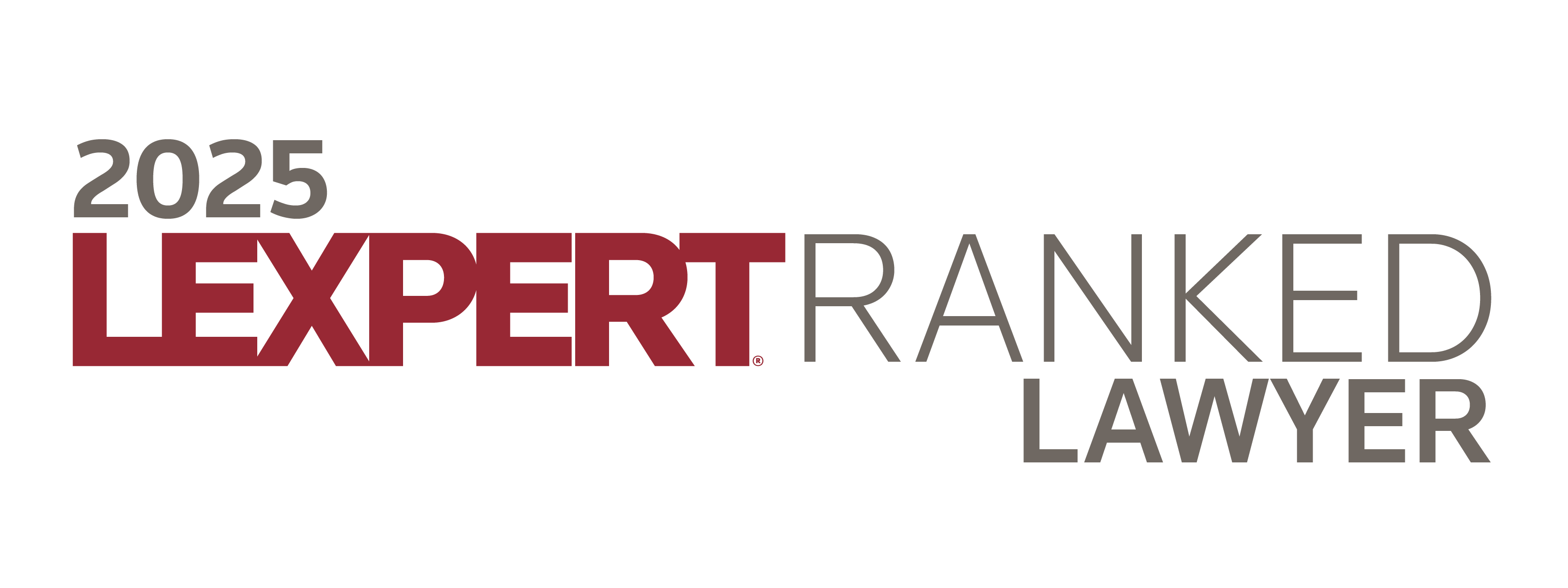Heron Law Offices Canadian Immigration Lawyer Will Tao discusses why we are creating Operation Catch the Chinook – Module 4.5 to counter this development.

We are learning more and more about IRCC’s Chinook system as the Federal Court (“FC”) is set to hear Ocran this coming September.
We are going to have on our Immlight podcast very soon, a colleague of mine Zeynab Zaie, who has been instrumental in bringing this issue to the public attention and thinking through the strategy counsel and applicants should be taking.
For those that have not yet read the Ocran technical affidavit (again, counsel please contact us for a copy), IRCC has revealed that they use a notes generator to help an Officer refuse temporary resident applications. After an Officer chooses to refuse a file, they are provided access to this tool to help choose the reasons. They may (or may not) add their own language and can choose to depart from the standard language. One can imagine at high volume visa offices that need to maintain equivalent levels of refusal, that departure would be a risk.
We know also from the cross-examination of the Ocran affidavit that the tool is not being implemented consistently between visa offices and ultimately without much centralized oversight. Not all the modules and tools of Ocran are utilized at every visa office. Visa offices are given a lot of leeway to choose to run either the updated version of Chinook or an older one. Again, all of this is happening internal and behind the scenes. It is only coming out of the weeds now as IRCC seeks the FC’s endorsement at this stage to try and curtail the volume of judicial reviews and give more leeway to their decision-makers to apply standard templates instead of detailed reasons.
Cross-Examination Transcript
Without further ado, here is one of the most interesting parts of the cross-examination conducted by counsel in Ocran to a technical expert of IRCC. I did not want to mess with the original, so please excuse the line by line nature for readability. This is what a transcript of an FC cross-examination looks like. I have underlined parts that are worth paying attention to.
6 148 Q. Do you want to let me know
7 how the notes generator work?
8 A. Sure. I’m sorry because
9 it will sound repetitive from before. But,
10 essentially, after an officer or decision-maker
11 has conducted their review using both Chinook and
12 any documentation that they have on paper or on
13 GCMS, there is a column — I will try and remember
14 the column specifically. I think it’s D, column D
15 of the spreadsheet. They will click that button.
16 When they do so a window pops up, and it is called
17 the action window.
18 Within that window, it will
19 indicate basically the different options that you
20 have as an officer. So you can indicate that I
21 want to approve, I want to refuse, I want to
22 withdraw the application, or I want to do some
23 other action.
24 If I then click the I want to
25 approve, it will ask you the length of time to
1 issue the visa for, basically approval-related
2 things.
3 If you indicate that you want
4 to refuse, it recognizes first the type of
5 application, so a study permit, a work permit, or
6 a temporary resident visa. Then it will ask you,
7 as I mentioned before, what are the reasons for
8 the refusal, and it will provide you with all… I
9 don’t know the exact number, apologies, but let’s
10 say it is 100 reasons that are available for a
11 study permit refusal.
12 Then as the officer you go
13 through, and you click I… if it was related to
14 financial resources, I am clicking the
15 financial-specific refusal ground, and I am
16 clicking the… whichever ones it is.
17 As it click — as the officer
18 clicks through, a refusal note is generated
19 dynamically in a window that is just below, and
20 the officer will actually see the wording that
21 will pop up, and the wording will indicate usually
22 the start of a sentence.
23 In certain situations,
24 depending on which one they have selected, let’s
25 say again financial resources, you will click that
1 one, and you will immediately get a prompt and say
2 provide more information, financial resources
3 specifically, what is it that is leading you down
4 this pathway.
5 Once you have selected all of
6 the different grounds that you are using for your
7 refusal, you click the “okay” button in the
8 bottom-right corner. That information now gets
9 saved into the data library within Excel until
10 such a time as you export that into GCMS.
Transcript from cross-examination of Ocran Affidavit
Essentially, what IRCC has is a path set up to refuse applications expeditiously. The type of tool I wish I had when I was marking countless student exams.
While the cross-examined expert is not sure of the number of reasons in the notes generator, the number 100 thrown out, is telling. What this amounts to is a very detailed answer key. If the Federal Court endorses this answer key approach to reasons, these paths could become smarter and more precise. They could be amended to arguably both close off pathways to judicial review AND even set up artificial intelligence decision-makers through algorithims to navigate the paths. It may get to a point, where the accuracy makes the rare chance of judicial review or error, worth it from an administrative perspective versus the cost of needing human officers to individually render so many decisions.
Our office has filed access to information requests to try and get a copy of what various visa offices are using, but as an internal system redactions and variations may make the ultimate results fruitless.
As applicants and counsel, it is useful for us to begin resourcing, tracking, and adjusting strategies around what the notes generator might say and how we can get ahead of it. Utilizing judicial reviews to get the FC to rule on some of these generated reasons may discourage their continued use. I am already starting to see IRCC move away from certain past refusal reasons in response, but have shifted to others that may make things more difficult to challenge. I also suspect there are some brilliant minds (and lawyers) on the other side building Chinook to try and make it judicial review proof.
We have started a Google Sheet called Operation Catch the Chinook – Module 4.5 to track reasons for refusal to try and piece together Chinook’s ‘answer key’ for refusals. We invite all self-rep applicants and counsel to populate it with refusal reasons they are seeing. Per the notes, please try not to duplicate reasons and take only those reasons from GCMS notes and Rule 9 reasons NOT the standard form refusal letters.
Will we ultimately catch the Chinook?
Only time (and our collective efforts) will tell.



